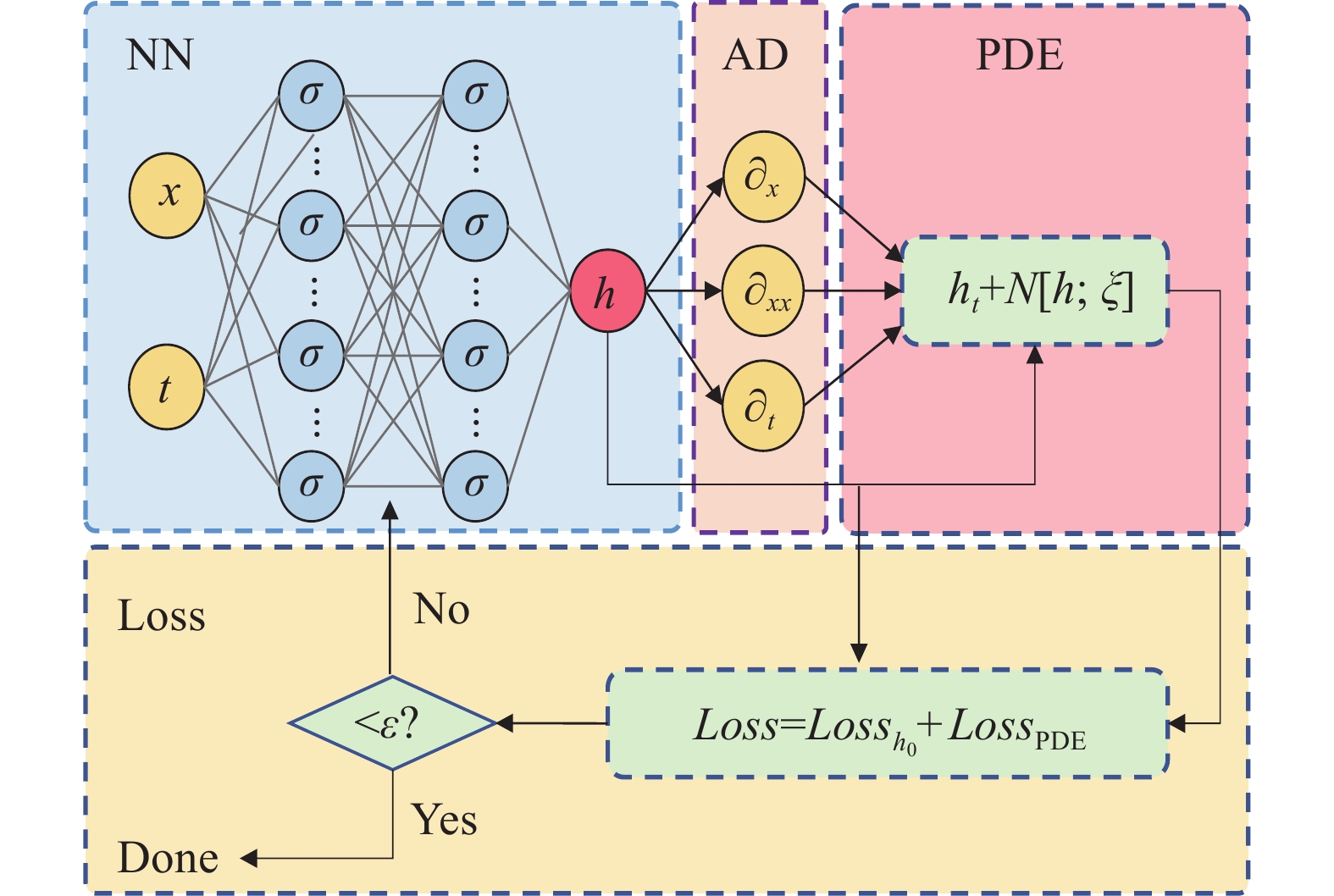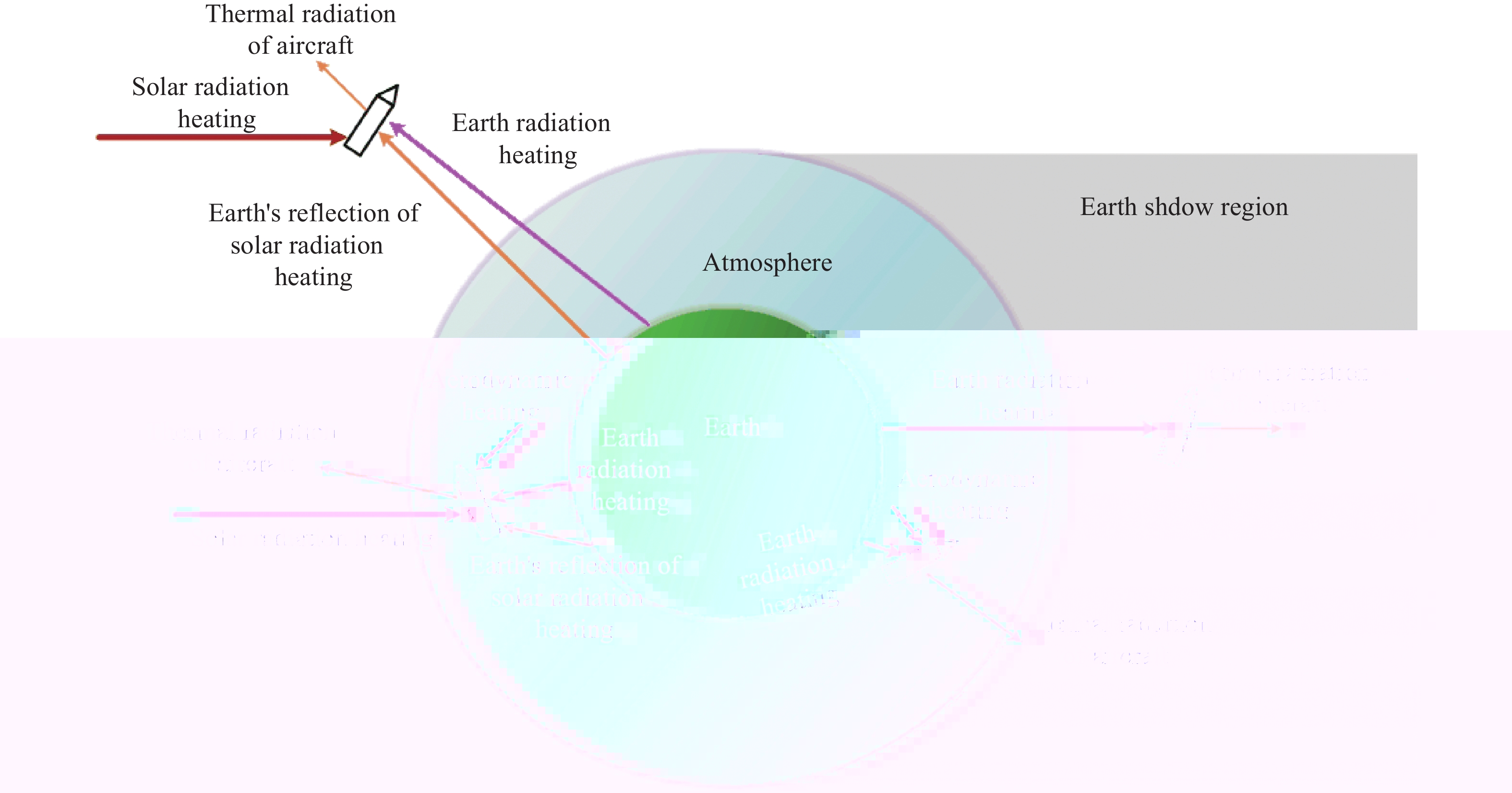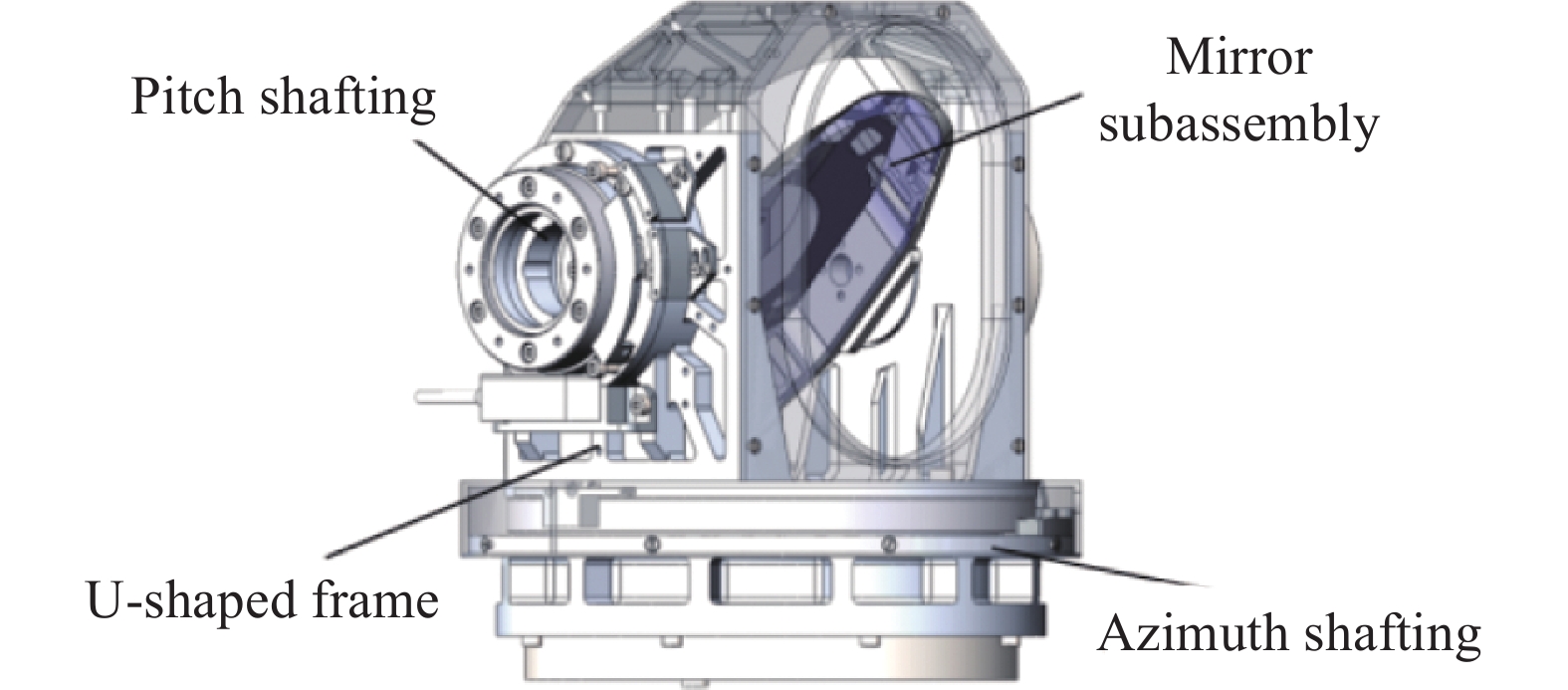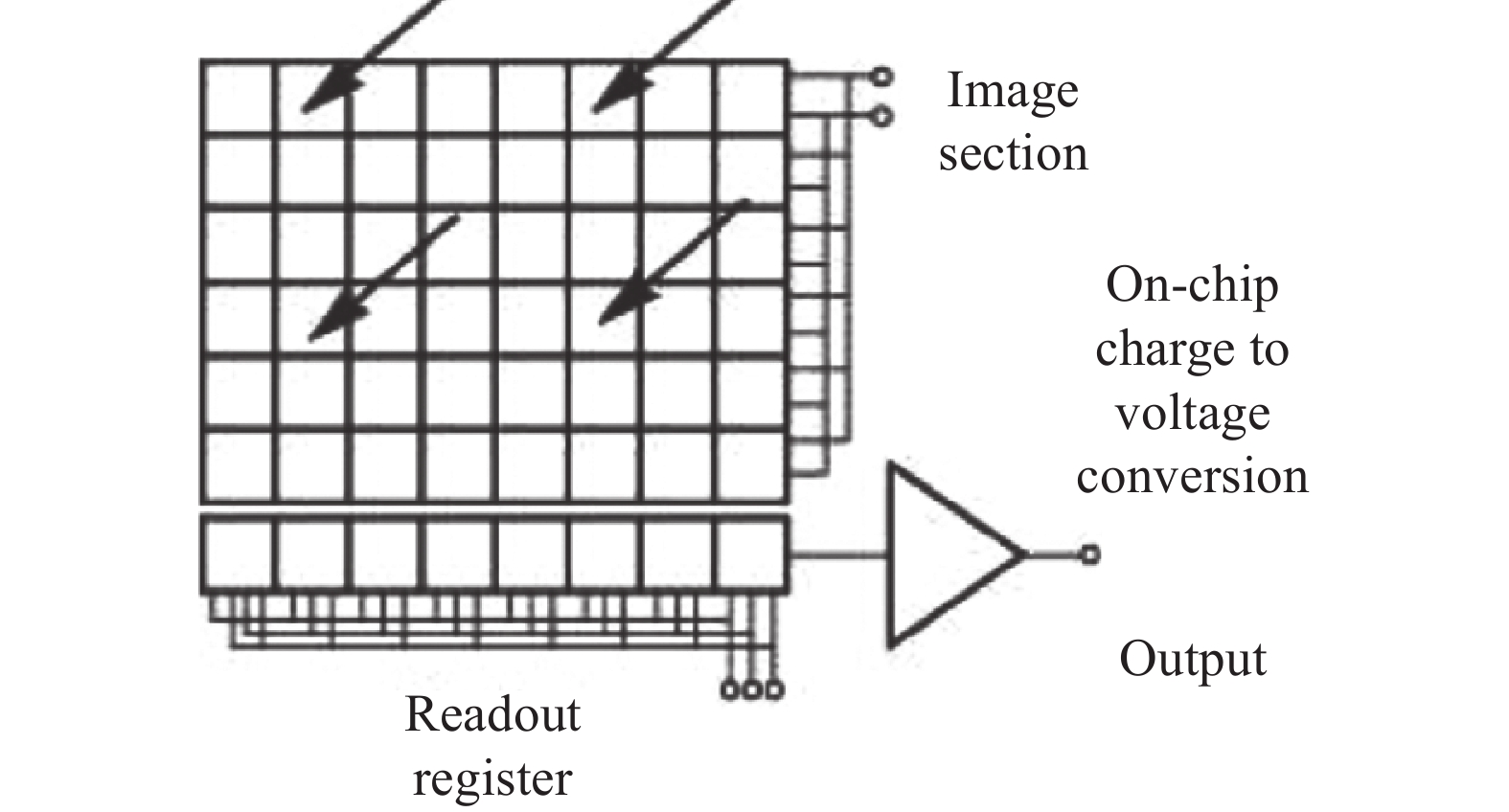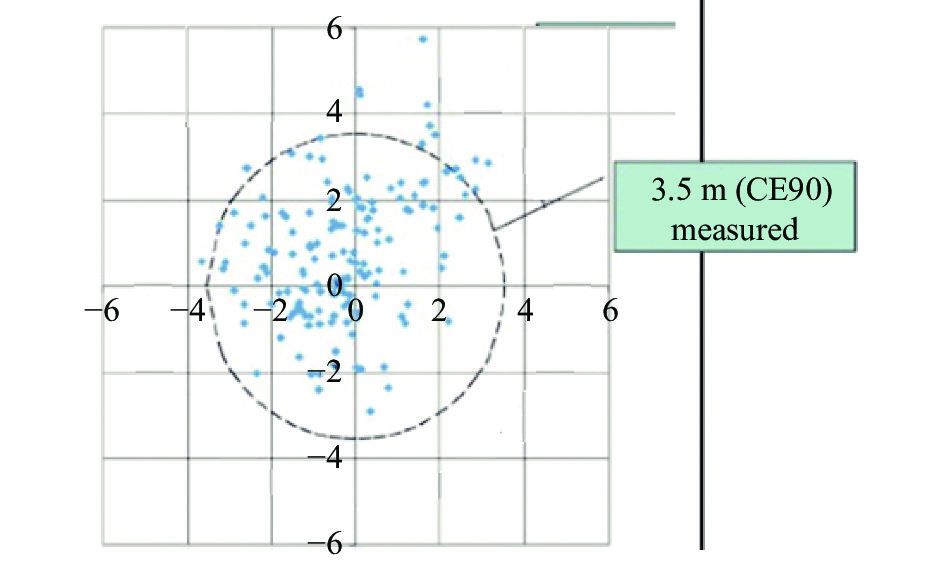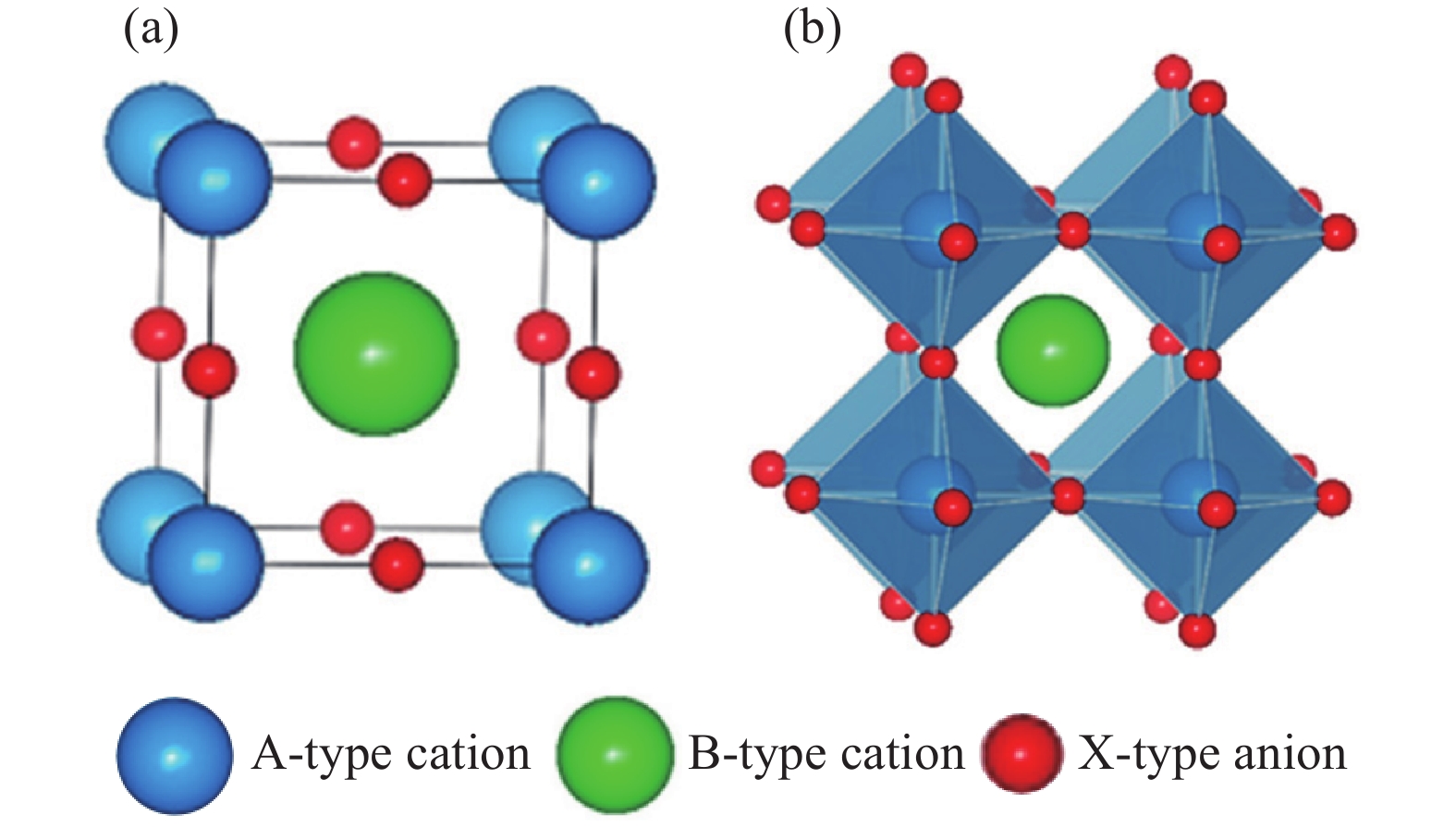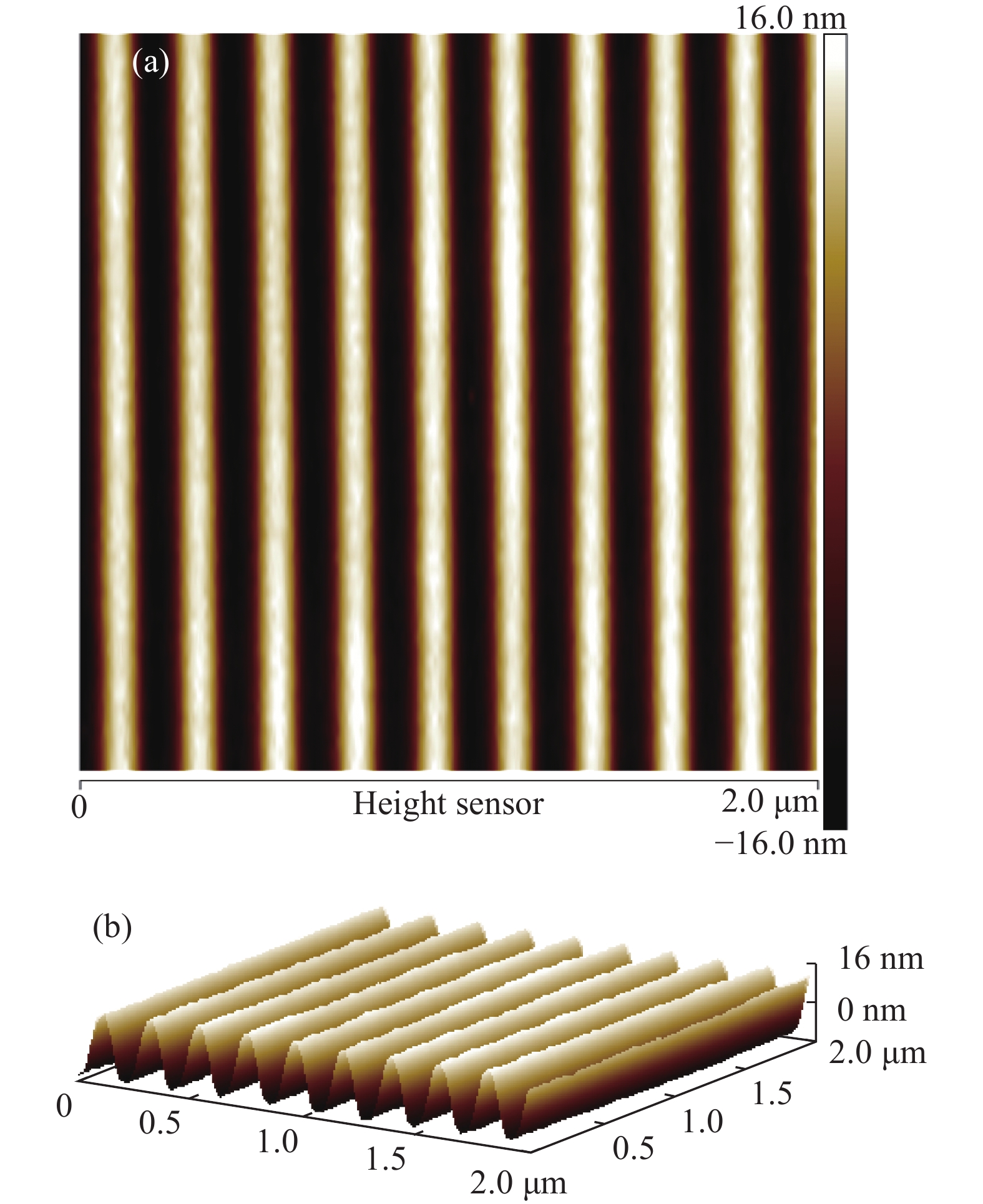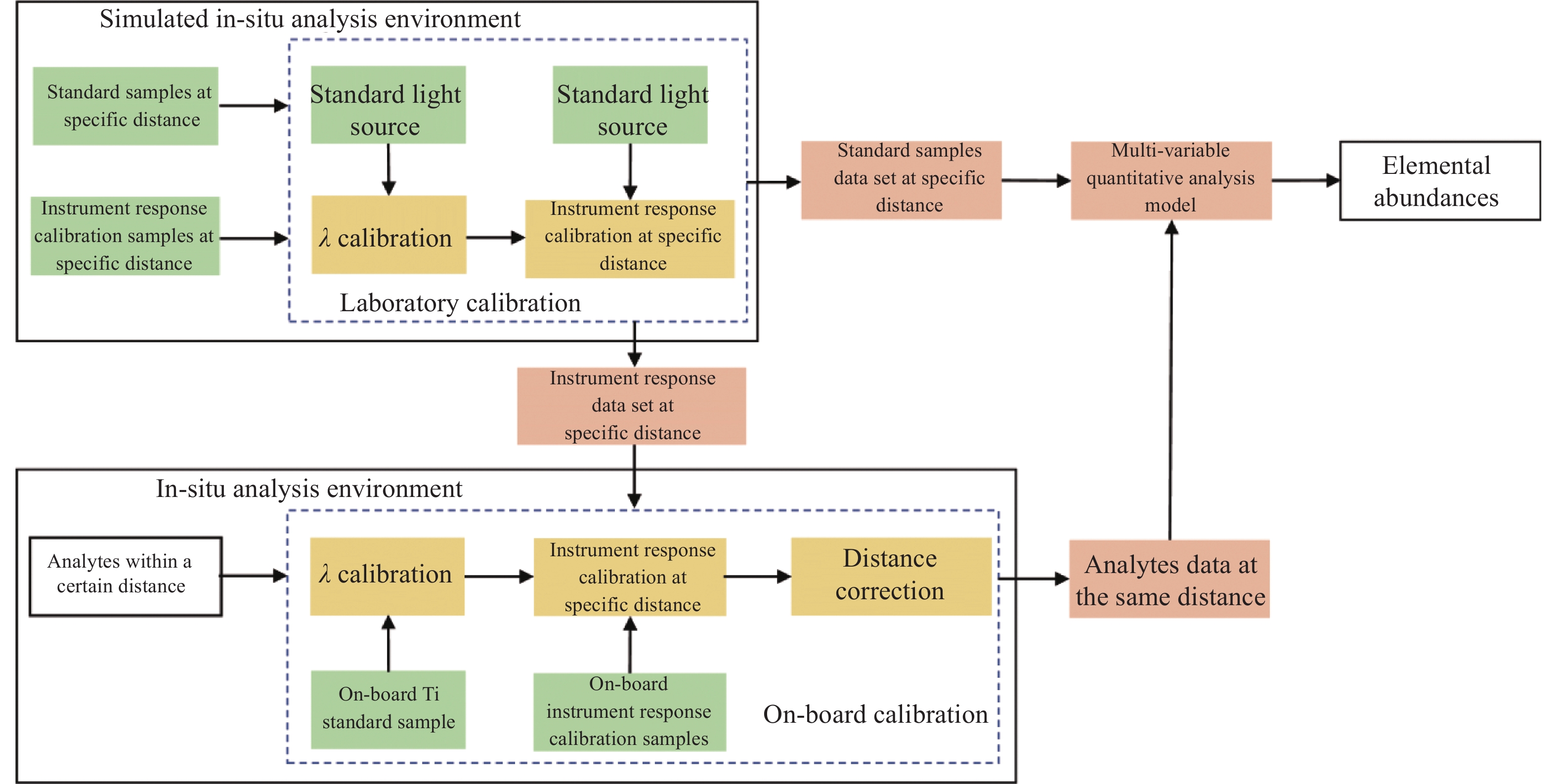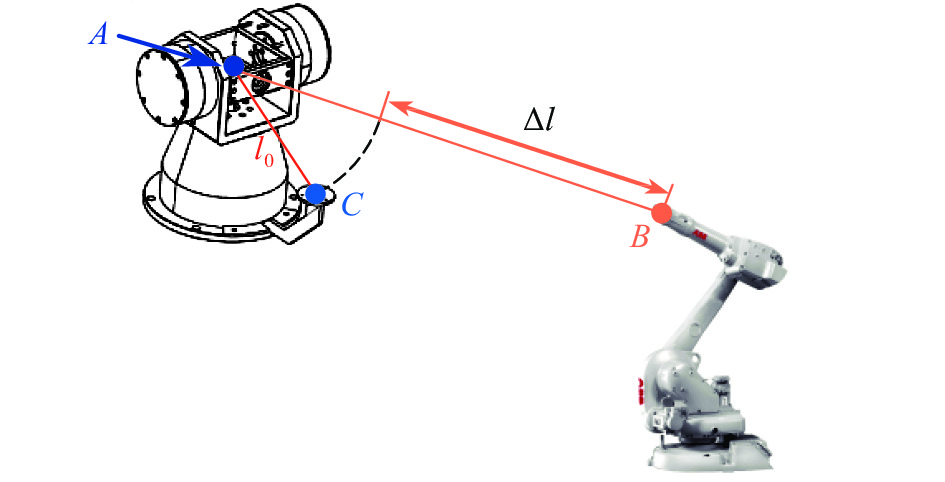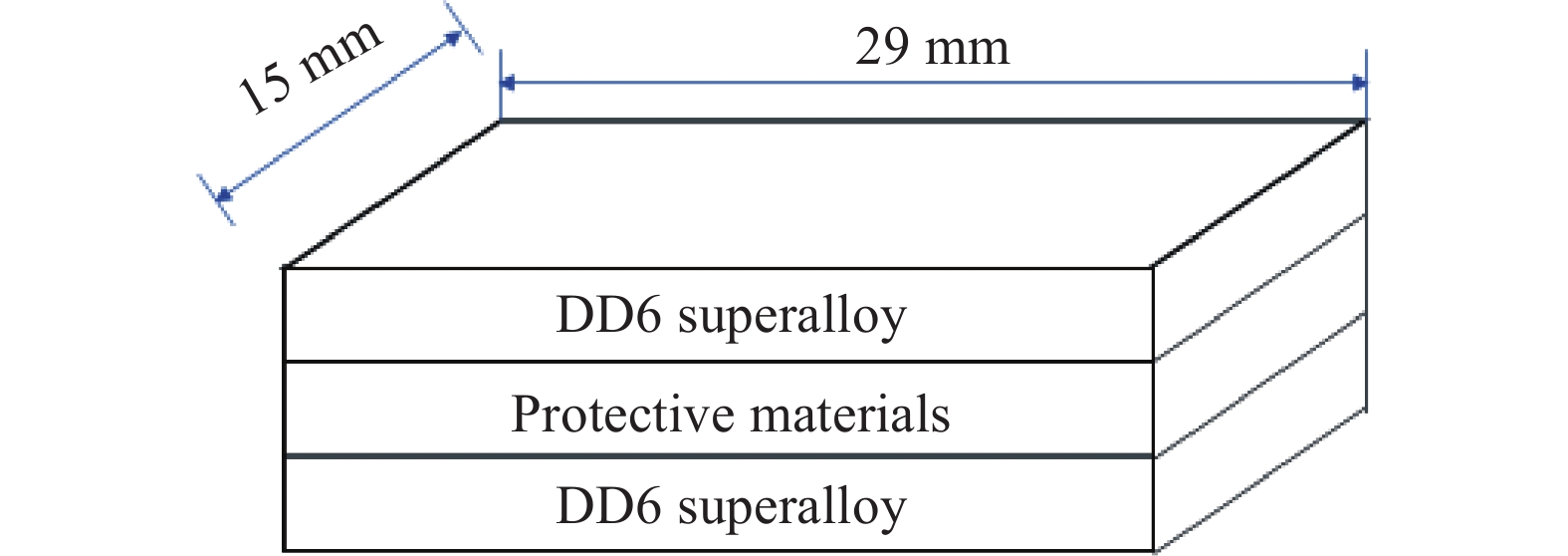2023 Vol. 52, No. 12
2023, 52(12): 20230034.
doi: 10.3788/IRLA20230034
2023, 52(12): 20230183.
doi: 10.3788/IRLA20230183
2023, 52(12): 20230410.
doi: 10.3788/IRLA20230410
2023, 52(12): 20230188.
doi: 10.3788/IRLA20230188
2023, 52(12): 20230241.
doi: 10.3788/IRLA20230241
2023, 52(12): 20230297.
doi: 10.3788/IRLA20230297
2023, 52(12): 20230351.
doi: 10.3788/IRLA20230351
2023, 52(12): 20230345.
doi: 10.3788/IRLA20230345
2023, 52(12): 20230336.
doi: 10.3788/IRLA20230336
2023, 52(12): 20230316.
doi: 10.3788/IRLA20230316
2023, 52(12): 20230354.
doi: 10.3788/IRLA20230354
2023, 52(12): 20230630.
doi: 10.3788/IRLA20230630
2023, 52(12): 20230414.
doi: 10.3788/IRLA20230414
2023, 52(12): 20230393.
doi: 10.3788/IRLA20230393
2023, 52(12): 20230378.
doi: 10.3788/IRLA20230378
2023, 52(12): 20230222.
doi: 10.3788/IRLA20230222
2023, 52(12): 20230489.
doi: 10.3788/IRLA20230489
2023, 52(12): 20230291.
doi: 10.3788/IRLA20230291
2023, 52(12): 20230510.
doi: 10.3788/IRLA20230510
2023, 52(12): 20220891.
doi: 10.3788/IRLA20220891
2023, 52(12): 20230348.
doi: 10.3788/IRLA20230348
2023, 52(12): 20230285.
doi: 10.3788/IRLA20230285
2023, 52(12): 20230310.
doi: 10.3788/IRLA20230310
2023, 52(12): 20230288.
doi: 10.3788/IRLA20230288
2023, 52(12): 20230347.
doi: 10.3788/IRLA20230347
2023, 52(12): 20230294.
doi: 10.3788/IRLA20230294
2023, 52(12): 20230574.
doi: 10.3788/IRLA20230574
2023, 52(12): 20230240.
doi: 10.3788/IRLA20230240







